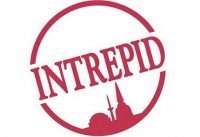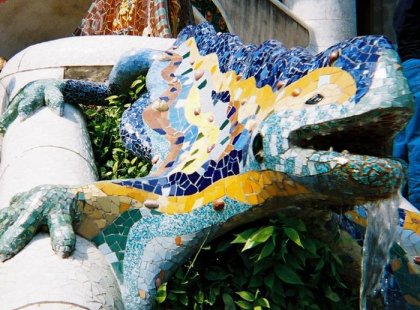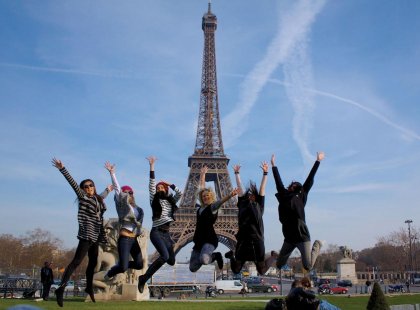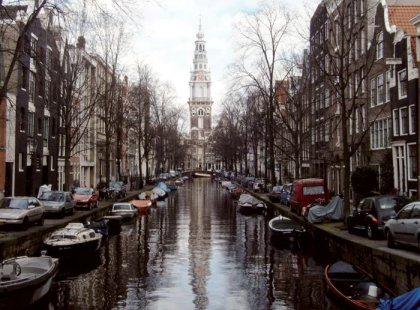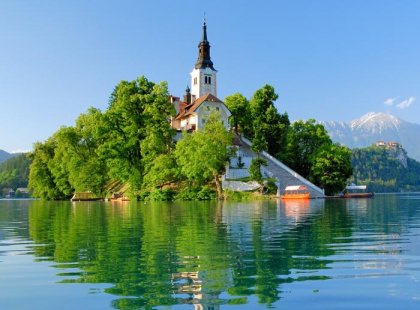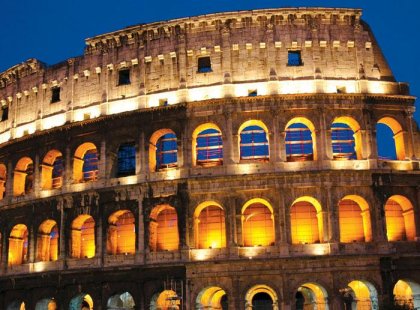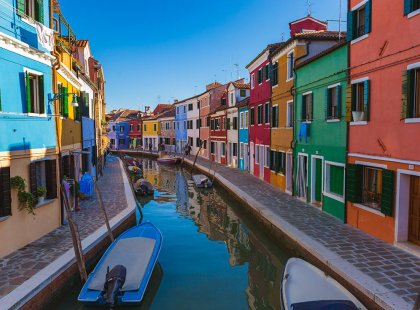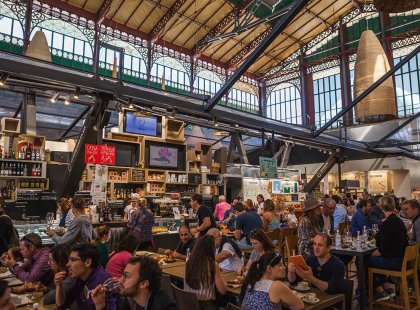Encounter the culinary delights, artistic sophistication and cultural diversity of Western Europe. Elaborate architecture and exceptional cuisine, legendary landscapes and live history on the streets – western and central Europe is a place well worth its accolades. From the brash elegance of Madrid to the soft-hued sceneries of Avignon, the beer and bar cultures of Brussels and Berlin to the historical grandeur of Rome, this 43-day journey takes in the greatest gloats of the world's most travelled region. Check out the artistic edifices of Barcelona, cycle along the canal-lined boulevards of Amsterdam, discover Poland's hearty cuisine and get your adrenaline kicks in outdoorsy Bled. Striking the perfect balance of time for included activities and independent exploration, this is a great introduction to – or recapping of – some of the world's greatest cities.
-
Duration: 43 daysService level: Basic
-
Starts in: MadridPhysical Grading: Light
-
Ages: 15+
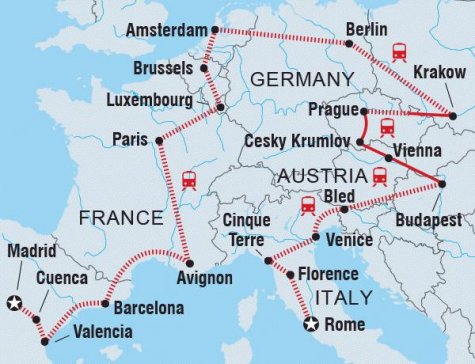
Itinerary
Start place: Madrid
Notes: To avoid queuing at the ticket windows of the Louvre you can buy your ticket in advance, but pre-sold tickets can't be collected at the Louvre. The ticket is valid every day except Tuesday (when the museum is closed) and certain bank holidays. Book your tickets at: louvre.fr.
An evening in Brussels wouldn't be complete without a huge portion of moules-frites (mussels and fries) and a glass of Belgian beer. If you like a night out, Ilot Sacre is a great place to find good food and fun bars. The Delirium Cafe is the ideal spot for listening to live blues deep into the night.
The Reichstag, designed by British architect Norman Foster, holds a special and symbolic meaning outside of its role as the home of parliament. The great glass dome that crowns the building also offers sweeping views over Berlin. Make sure you book your visit early in the morning, as queues can snake around the building for hours on end. Wander through the Brandenburg Gate and witness the crumbling remnants of the Berlin Wall that are scattered all over the city. Checkpoint Charlie and its museum overlook the former border checkpoint dividing East and West, explaining how the city came to be divided overnight and its attempts to escape from behind the Iron Curtain. Berlin is a haven for good food, with a mix of classic German, Bavarian and Italian influences. Consider spending an evening celebrating life as the locals do - at a bar, lounge, nightclub or embracing some live music.
Note: The Spanish Riding School doesn't operate throughout the summer months. You will need to book tickets in advance to see the performance of the Lipizzaners. Phone +43 (0)1 505 77 66 55 or e-mail info@viennaticketoffice.com to arrange tickets.
Check with your leader for all the options and book in advance not to miss out. If you don’t feel like going crazy, just enjoy the beauty of the place; perhaps find a quite spot near the lake and spend a day reading your book.
Inclusions
Included
- Budapest market visit and picnic
-
Transport
Metro, Overnight sleeper train, Private Bus, Public bus, Taxi, Train, Tram -
Accommodation
Guesthouse (2 nights), Hostel (9 nights), Hotel (30 nights), Overnight sleeper train (1 night)
